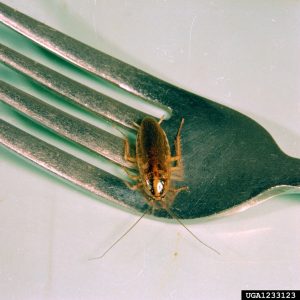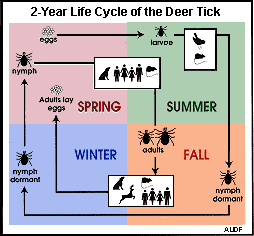Pests and pesticides—both can pose problems to our health, our environment, and our economy. At the New York State Integrated Pest Management Program (NYS IPM), we help New Yorkers address those problems safely and thoughtfully. How? Through innovative biological, cultural, technological, and educational practices. IPM, in a word.
Community IPM takes place in settings as varied as school buildings and grounds; residential and office buildings; gardens, parks and landscapes; and golf courses and right-of-ways. Now we invite grant proposals from qualified New Yorkers who want to develop, evaluate, or demonstrate feasible IPM methods. Budgets must not exceed $8,500. Our deadline: April 6, 2018. Funds must be spent by February 28, 2019.

All projects must accomplish one or more of the following:
- develop, advance, test or refine new IPM strategies;
- demonstrate a link between IPM practices and reduced risk to human health or pesticide residues;
- measure the positive change or potential impact of IPM practices or adoption, or survey current IPM knowledge;
- develop Community IPM resources, such as brochures, websites, fact sheets, manuals, and apps for smartphones and tablets;
- develop IPM educational programs, such as workshops or curriculum;
- educate others about IPM through outreach and demonstrations.
Audiences could include school administrators, teachers and students; landscape and structural pest management professionals; vector control specialists; municipal employees; nuisance wildlife control operators; golf course personnel; arborists; right-of-way managers; day care operators—just about anyone, in fact. We encourage projects that reach new audiences or develop new partnerships.

Our Community IPM priorities include: develop or demonstrate solid strategies for dealing with rodents or cockroaches; develop, confirm or promote methods to lessen the impact of ticks; research, demonstrate or create outreach projects that promote pollinator health and conservation; and research and demonstrate alternatives to imidacloprid on lawns and athletic fields.
Yes, there are plenty more. But for 2018, these four are our greatest needs.
Got Questions? We encourage you to discuss your ideas with NYS IPM community staff, including:
- coordinator: Jody Gangloff-Kaufmann, Long Island, 631-539-8680, jlg23@cornell.edu (Do you work outside Cornell University and Cornell Cooperative Extension? Get in touch with Jody Gangloff-Kaufmann.)
- educator: Lynn Braband, Rochester, 585-753-2562, lab45@cornell.edu
- educator: Amara Dunn, Geneva, 315-787-2206, arc55@cornell.edu
- educator: Matthew Frye, Westchester, 914-285-4633, mjf267@cornell.edu
- educator: Joellen Lampman, Albany, 518-441-1303, jkz6@cornell.edu
NYS IPM Ornamentals IPM Staff
- coordinator: Elizabeth Lamb, Ithaca, 607-254-8800, eml38@cornell.edu
- educator: Brian Eshenaur, Rochester, 585-753-2561, bce1@cornell.edu
And consider: the most common critiques of past proposals have been that the budget lacked in clarity, explanation or justification—and those seeking grants didn’t discuss projects ahead of time with IPM staff.